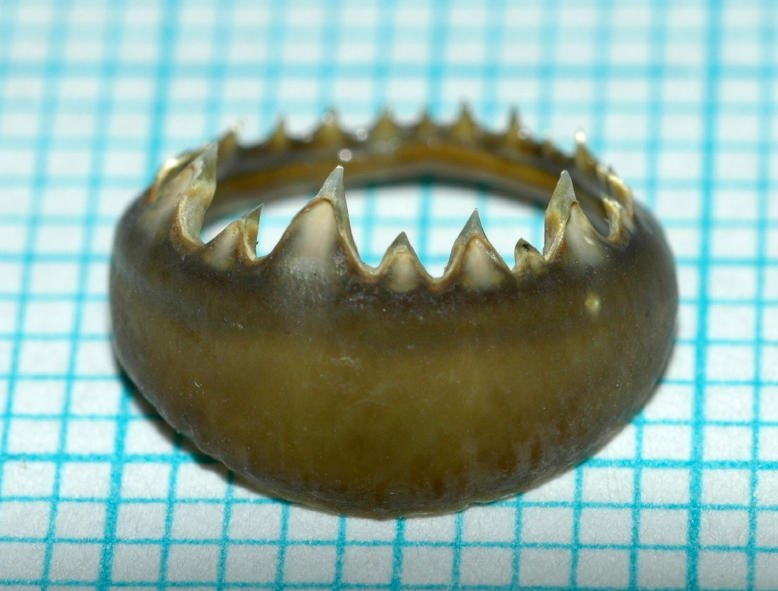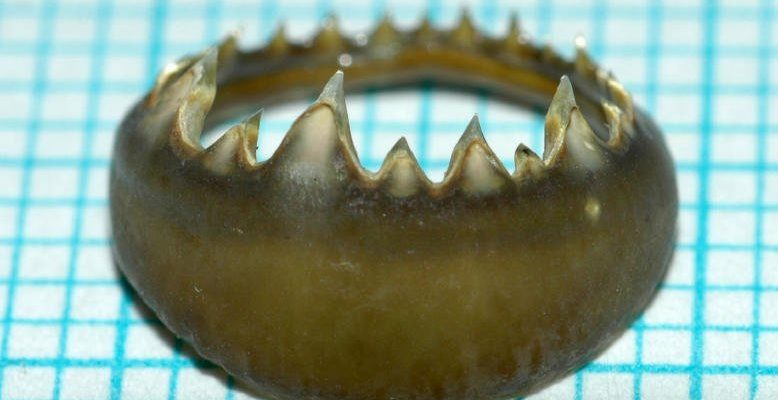
As we dive deeper into this topic, we’ll explore not just the endangerment status of Humboldt squids but also the conservation efforts in place to protect these unique creatures. Think of it like peeling an onion; we’ll uncover layers of information about their behavior, habitat, and the challenges they face. So, grab a cup of coffee as we navigate through the waves of Humboldt squid conservation updates.
What Are Humboldt Squids?
Humboldt squids, or *Dosidicus gigas*, are truly remarkable. These squids can grow to impressive sizes, reaching up to 5 feet in length and weighing as much as 100 pounds. Imagine a creature that’s larger than many small dogs! They are often recognized by their vibrant red or brown skin, which they can change quickly. This ability helps them communicate, blend into their environment, and escape predators.
These squids are not just big; they’re also smart. Humboldt squids display complex social behaviors, often moving in schools. When they hunt, they show remarkable teamwork, almost like a well-rehearsed dance. They prey on fish, other squids, and even some crustaceans, showcasing their adaptability in various marine environments. Their natural habitats span from the coasts of California down to the waters of Peru—rich areas full of life but also heavily impacted by human activities.
Are Humboldt Squids Endangered?
So, are these impressive squids facing extinction? The short answer is: not yet, but they are indeed under pressure. The International Union for Conservation of Nature (IUCN) does not list them as endangered, but various factors are affecting their populations. One significant concern stems from overfishing. As humans catch more fish to meet the demand, the balance of the entire ecosystem can get thrown off.
Humboldt squids are often caught as bycatch in fishing nets meant for other species. This not only affects their numbers directly but also disrupts their role in the food chain. Here’s the thing: when we remove too many squids from their habitat, it can lead to a rise in their prey populations, which in turn affects the broader marine ecosystem. You might be wondering how we can help. Well, recognizing these connections is a vital first step.
Threats to Humboldt Squid Populations
Several factors threaten Humboldt squid populations beyond overfishing. Climate change plays a crucial role too. As ocean temperatures rise and habitats shift, these squids must adapt quickly. Warmer waters can affect their breeding cycles and migration patterns. It’s like trying to catch a bus that keeps changing its schedule—frustrating and confusing!
Additionally, increased acidification of the oceans, caused by excess carbon emissions, can harm their survival. Squids rely on specific environmental conditions to thrive. Changes in water chemistry can impact their growth and reproduction, leading to lower population levels over time. This tangled web of threats emphasizes how interconnected our actions are, not just to squids but to the health of our oceans as a whole.
Conservation Efforts for Humboldt Squids
Fortunately, various conservation efforts are underway to help protect Humboldt squids and their habitats. Organizations and governments are working together to better manage fisheries and reduce bycatch. Implementing more sustainable fishing practices can make a significant difference. For instance, using nets that allow smaller or non-target species to escape can lead to healthier squid populations.
Another promising approach is raising public awareness about the importance of these squids to marine ecosystems. Educational campaigns can help people understand why supporting sustainable seafood choices matters. Honestly, if more folks see the direct link between their dinner plate and the ocean, they may make more responsible choices. Plus, more informed consumers can push for better regulations in the fishing industry.
The Role of Research in Conservation
Scientific research plays a crucial role in understanding Humboldt squids and how to protect them. Researchers study their behavior, life cycles, and population dynamics. By gathering data on their numbers and health, scientists can inform management decisions. This research can be likened to a detective piecing together clues; every bit of information helps create a clearer picture of the squids’ status.
One fascinating area of study involves tracking their movements through advanced technologies. By tagging squids and monitoring their locations, scientists gather insights into their migration patterns and breeding sites. This information can help identify critical habitats that need protection. With this knowledge, we can ensure these magnificent creatures have the spaces they need to thrive.
How You Can Help Humboldt Squids
You might be wondering, “What can I do to help Humboldt squids?” Well, there are a few straightforward steps you can take that can make a difference!
- Choose sustainable seafood: Look for certifications like the Marine Stewardship Council (MSC) label when buying seafood. This ensures you’re supporting responsible fishing practices.
- Reduce plastic usage: Plastics can harm marine life, including squids. Use reusable bags and containers to minimize waste.
- Support conservation organizations: Donate or volunteer for groups working on marine conservation projects, especially those focused on cephalopods and their habitats.
Every small action adds up to significant change over time. By being mindful of your choices, you can help protect not just Humboldt squids but the entire ocean ecosystem.
As we’ve explored, the future of Humboldt squids hangs in balance. They are not endangered yet, but their populations face challenges from overfishing, climate change, and more. However, the good news is that we can all play a part in their conservation. By supporting sustainable practices, advocating for research, and educating ourselves and others, we can contribute to the health of our oceans.
The story of Humboldt squids is still being written in the depths of the ocean, but it’s up to us to ensure that the ending is a positive one. With ongoing efforts and a commitment to protecting these remarkable creatures, we can help keep the underwater stories alive for generations to come. So, let’s keep the conversation going and take action, one sip of coffee at a time!

